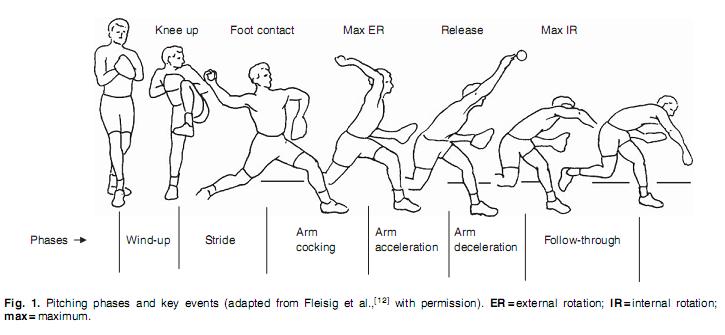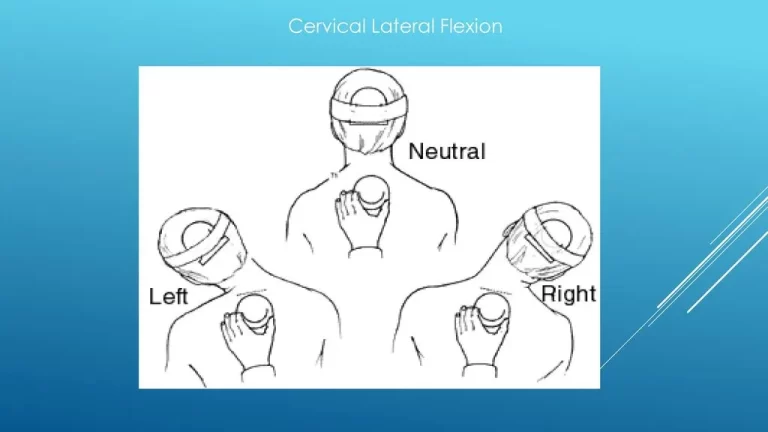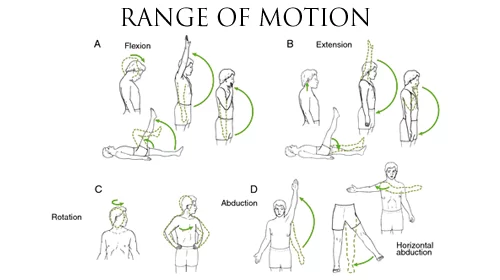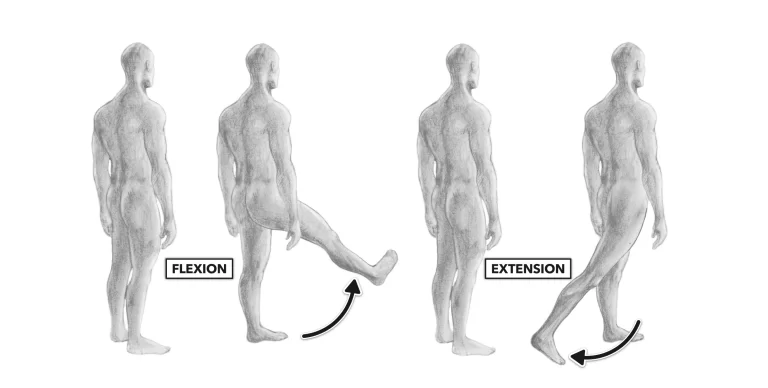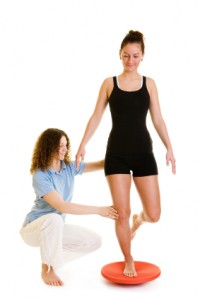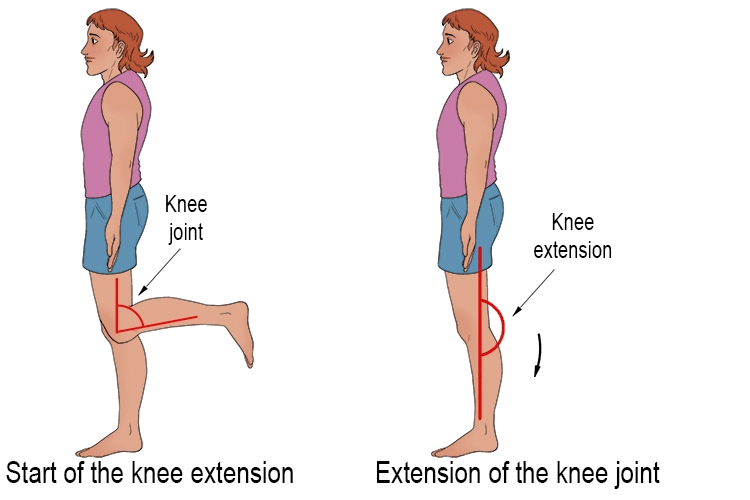USE OF MOTION IN PHYSIOTHERAPY
DEFINATION:
Motion is a movement that results from a force. In any physical activity, there are multiple forces and motions Occurring.
motion as the change of position of an object with respect to time. A book falling off a table, water flowing from the tap, rattling windows, etc all exhibit motion. Even the air that we breathe exhibits motion! Everything in the universe moves. We live in a universe that is in continual motion.
The fundamental particle of matter that is the atom is in constant motion too. Every physical process in the universe is comprised of motion of some sort. The motion can either be swift or slow, but motion exists. Motion is mainly described in terms of the following terms:
- Distance
- Displacement
- Speed
- Time
A………………………………………B
distance and displacement are used to describe the change in position. Now if someone asks what is the distance between A and B is, we can’t give a definite answer because it depends on the path taken. It may or may not be the same for all three paths. But for displacement, it is a straight line joining the two points. In other words, displacement is nothing but the shortest distance between the two points, which in this case is Path 2. Also, it has a particular direction from A to B as we can see.
Suppose the distance between two cities A and B is ‘d’. A person goes from A to B and returns back. Calculate distance travelled and displacement.
Distance travelled = Total path length covered
= d + d
= 2d
Talking about displacement, it is measured as the shortest distance between the initial and final position. In this case, both are the same and hence, displacement is also zero
PRINCIPLE :
1)Velocity and Speed
2)Acceleration
3)Momentum
4)Balance and stability
5)Fluid mechanics
6)Force
Types Of Motion
different objects move differently. Some objects move in a curved path, some in a straight path, and a few others in a different way. According to the nature of the movement, motion is classified into three types as follows:
1)Linear Motion
2)Rotary Motion
3)Oscillatory Motion
1)Linear Motion
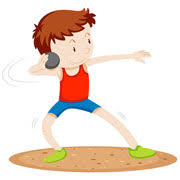
In linear motion, the particles move from one point to another in either a straight line or a curved path. The linear motion depending on the path of motion is further divided as follows
Rectilinear Motion – The path of the motion is a straight line.
Curvilinear Motion – The path of the motion is curved.
A few examples of linear motion are the motion of a train, football, the motion of a car on the road, etc.
2)Rotatory Motion
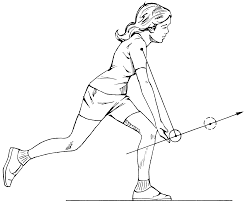
Rotatory motion is the motion that occurs when a body rotates on its own axis. A few examples of rotatory motion are as follows:
The motion of the earth about its own axis around the sun is an example of rotary motion.
While driving a car, the motion of the wheels and the steering wheel about its own axis is an example of rotatory motion.
3)Oscillatory Motion

Oscillatory motion is the motion of a body about its mean position. A few examples of oscillatory motion are
When a child in a swing is pushed, the swing moves to and fro about its mean position.
The pendulum of a clock exhibits oscillatory motion as it moves to and fro about its mean position.
The string of the guitar when strummed moves to and fro by its mean position resulting in an oscillatory motion.
Examples Of Motion
Our daily activities like walking, running, closing the door, etc. involve motion. There is a change of position of the object involved in these activities.
The flow of air in and out of our lungs is also an example of motion.
The automobiles that carry passengers from the place of pick up to the destination possess motion. In this case, the position of passengers is changed from one place to another.
FACTOR AFFECTING MOTION
Size and shape affect air resistance — the larger the surface area, the greater the air resistance. Friction is a force that is created whenever two surfaces move or try to move across each other. Friction acts in the opposite direction of motion and slows the motion of an object.
1)Fluid Friction – friction resisting the movement through a fluid or a gas.
2)Sliding Friction – friction resisting the movement of two objects sliding in opposite directions or across one another.
3)Rolling Friction – friction resisting the movement of a wheel or other round object moving along a surface.
4)Static Friction – friction between two or more objects that are not moving.
Gravity
Air resistance is a form of fluid friction.
It is the force the air exerts on an object moving through it.
For a falling object, air resistance pushes up as gravity pulls down.
Size and shape affect air resistance — the larger the surface area, the greater the air resistance.
Friction is a force that is created whenever two surfaces move or try to move across each other.
Friction acts in the opposite direction of motion and slows the motion of an object.
Friction is dependent on the texture of both surfaces.
Air resistance
PLANES AND AXES OF MOVEMENT
planes, axes, movement, biomechanics
All physical activities are made possible by movements and motions. Every movement takes place in one of three planes of motion (sagittal, frontal, or transverse/horizontal) and around one of three axes (sagittal, frontal, or vertical).
PLANES OF MOVEMENT
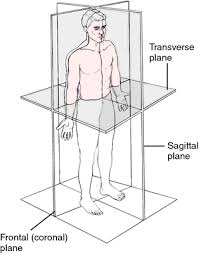
Sagittal Plane: The sagittal plane is an anatomical boundary that exists
between the left and right sides of the body. The sagittal planes run parallel to the longitudinal axis of the organism, or from the mouth to the tail.
Frontal Plane: A coronal plane (also known as the frontal plane) is any vertical plane that divides the body into ventral and dorsal (belly and back) sections. It is one of the three main planes of the body used to describe the location of body parts in relation to each other. axis.
Transverse Plane: The transverse plane or axial plane (also called the horizontal plane or transaxial plane) is an imaginary plane that divides the body into superior and inferior parts. It is perpendicular to the coronal plane and sagittal plane.
AXES OF MOVEMENT

Sagittal Horizontal Axis: Coronal axis, medial-lateral axis, or frontal axis is the axis perpendicular to the sagittal plane, i.e., the one formed by the intersection of the coronal and the transversal planes. Extension and flexion are the movements of limbs within the sagittal plane.
Frontal Horizontal Axis: frontal axis. An imaginary line, running from side to side in the frontal plane, about which the anterior to posterior movement occurs. Synonym: coronal axis.
Vertical Axis: A coordinate grid has two perpendicular lines, or axes, labeled like number lines. The horizontal axis is called the x-axis. The vertical axis is called the y-axis. The point where the x-axis and y-axis intersect is called the origin
TYPES OF MOVEMENT
Every movement takes place in one plane and around one axis.
There is more to movement than just planes and axes. There are several “types” of movement that are further broken down into the following categories:
Flexion and extension
Adduction and abduction
Rotation
Circumduction
FLEXION AND EXTENSION
The most common type of motion occurs in the sagittal plane and around a frontal horizontal axis. These movements are otherwise known as flexion and extension.
Flexion takes place when the angle decreases between the two bones attached to the joint being affected. When you flex your knee joint, the angle between your femur or upper leg and your tibia/fibula or lower leg decreases.
Lateral flexion is a side bending of the spine and neck.
An extension is the opposite of flexion. Extension occurs when the angle between the two bones increases. When you straighten or extend your knee joint the angle between your upper and lower leg increases.
Hyper-extension occurs when a joint is overstretched (or bent backward) because of an exaggerated extension motion.
ADDUCTION AND ABDUCTION
The next most common movements are adduction and abduction. These two movements are in the frontal plane and around a sagittal horizontal axis.
ROTATION
The final movement type is rotation. Rotation takes place in the horizontal plane. When you turn your head from side to side you are rotating your head in the horizontal plane around your spine which is acting as the vertical axis. With the head and torso there is only one type of rotation. When you are dealing with your extremities there are two kinds of rotation – internal and external.
Internal rotation takes place when the front part of your arm or leg rotates towards the middle (midline) of your body. When you turn your knees towards each other in a standing position you are internally rotating your legs.
External rotation is in the opposite direction. If you turn your knees away from each other in a standing position you are externally rotating your legs.
Circumduction is the combination of movements through two or more planes of motion. An example of circumduction is moving your arms around your body in a windmill motion.

